Meridian Line of the Basilica of St. Mary of the Angels and the Martyrs
Installed in an act of one-upsmanship, the annual sundial in this church is also a symbolic victory for the Gregorian calendar.
Update as of May 2024: Closed indefinitely for construction.
Italy’s Basilica of St. Mary of the Angels and the Martyrs was built in the 16th century on the remains of an ancient Roman bath, much to the delight of the pope who commissioned the meridian-aligned sundial in the space, finding it a fitting triumph over pagan time-keeping (as well as a similar Spanish construction).
Later on in the 18th century, a meridian sundial had been built in a Spanish church that, while Christian, was not in Rome. To rectify this disparity of grandeur the sitting pope had the meridian line clock at the Basilica of St. Mary of the Angels and the Martyrs built. The location was chosen for several practical reasons including the building’s Southernly orientation, high ceilings, and historic architecture which had little chance of shifting (which would eventually make the meridian clock less accurate). However the more salient reasoning behind the meridian’s placement was the basilica site’s former use as a Roman bath. The pope saw this as a fitting symbol of the victory of the infallible Gregorian calendar over the secular beliefs of ancient times.
The meridian clock remains in working order to this day. Each day the sun aligns perfectly with a hole in the basilica’s ceiling sending a ray of light that lands on the line at exact noon. The time of year can also be determined by where on the line the light falls, as it veers towards either end of the line approaching each solstice. The line itself is made of bronze, encased in white marble, making not only surprisingly accurate, but beautiful as well.
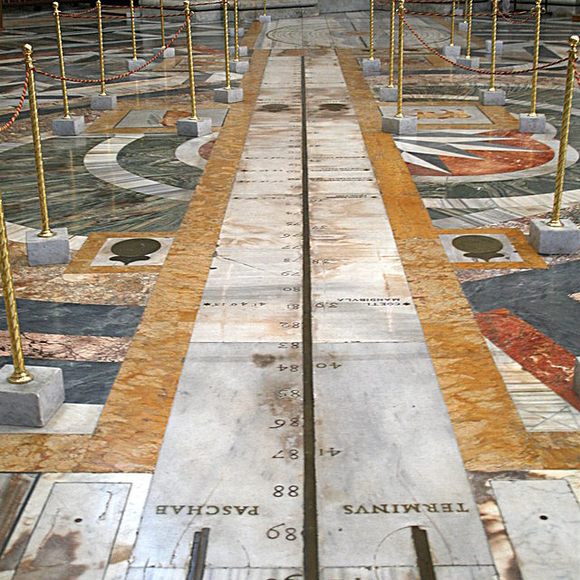

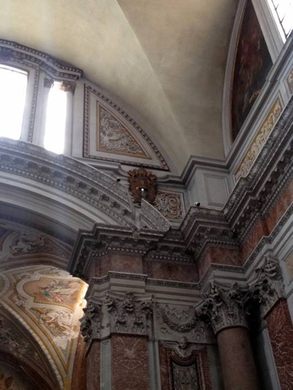
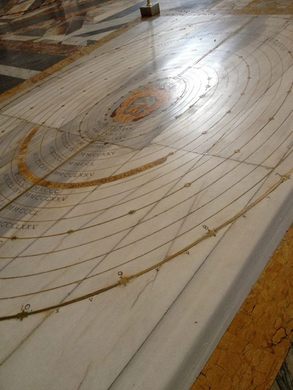

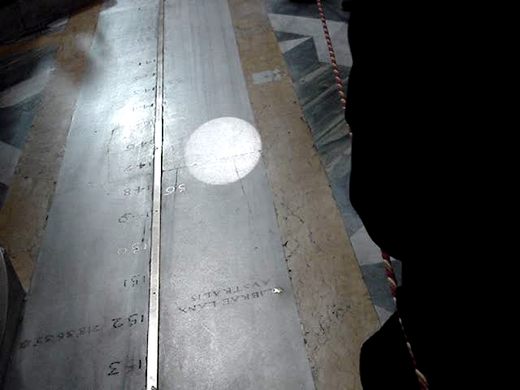

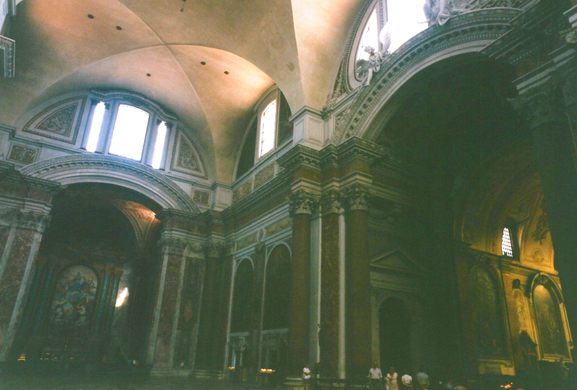

















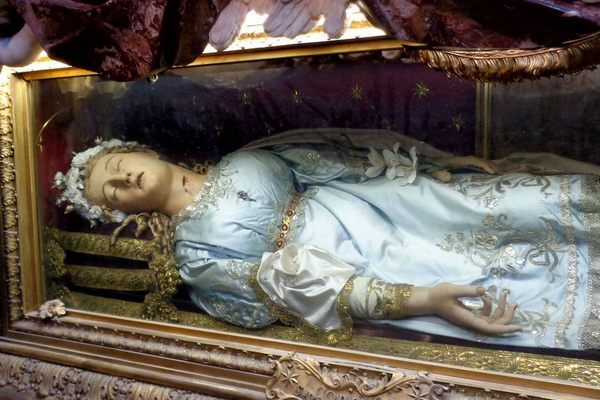
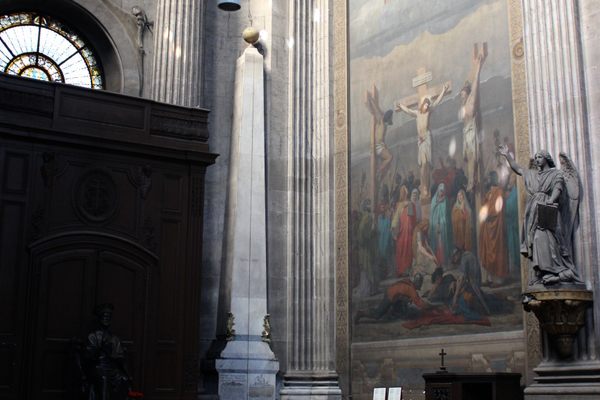


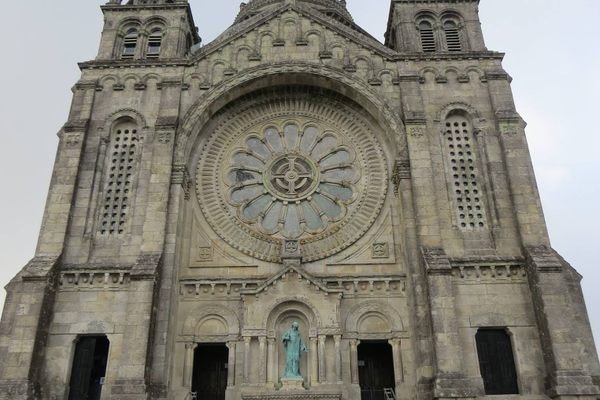

Follow us on Twitter to get the latest on the world's hidden wonders.
Like us on Facebook to get the latest on the world's hidden wonders.
Follow us on Twitter Like us on Facebook